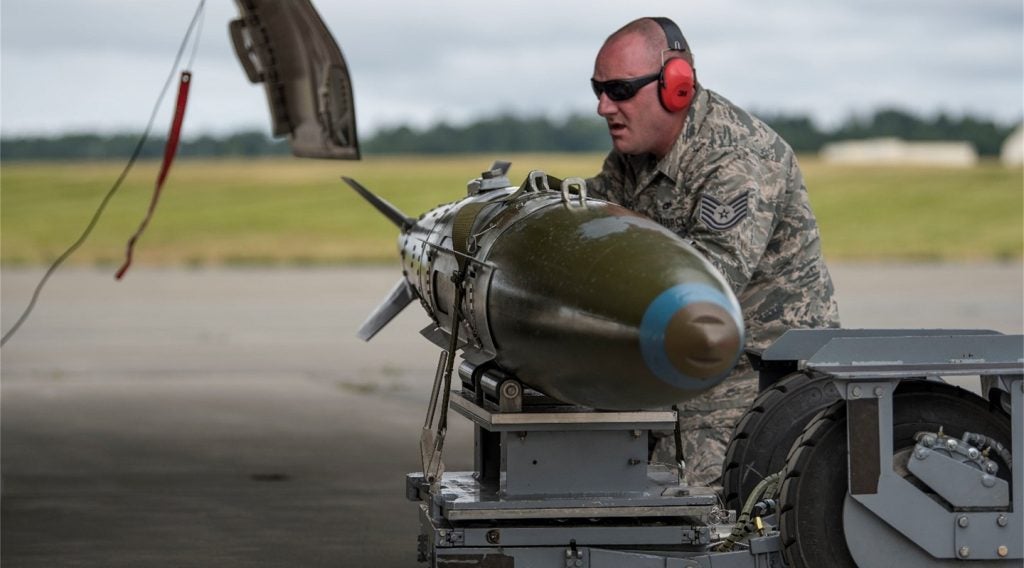ITT Exelis has been awarded a contract for the supply of engineering support for the US Defense Advanced Research Projects Agency’s (DARPA) adaptive radar countermeasures (ARC) programme.
Valued at $15.6m if all options are exercised, the five-year contract was awarded by Science Applications International Corporation (SAIC), which also secured a multiple-award, cost-plus fixed-fee contract to support the programme in May this year.
Under the programme, SAIC will lead the development of new processing techniques and algorithms in a software environment, while implementation of the techniques with a prototype module within a target system is scheduled to be carried out by ITT Exelis.
Exelis integrated electronic warfare systems business vice-president and general manager Joe Rambala said the emergence of radio frequency threats is highlighting the requirement for a capability that can anticipate and address these threats as they evolve.
”SAIC and Exelis are teaming to ensure our warfighters can perform their missions safely and securely,” Rambala said.
SAIC senior vice-president and group general manager John Fratamico said this technology represented the future of electronic warfare systems.
How well do you really know your competitors?
Access the most comprehensive Company Profiles on the market, powered by GlobalData. Save hours of research. Gain competitive edge.

Thank you!
Your download email will arrive shortly
Not ready to buy yet? Download a free sample
We are confident about the unique quality of our Company Profiles. However, we want you to make the most beneficial decision for your business, so we offer a free sample that you can download by submitting the below form
By GlobalData”We look forward to producing a comprehensive ARC solution that will potentially mitigate future advanced radio frequency threats to airborne platforms,” Fratamico said.
The ARC programme aims to allow US airborne electronic warfare systems to automatically generate effective countermeasures against new, unknown and adaptive radar systems based on their over-the-air observable threat behaviours in real-time in the battlefield.
Scheduled to be developed using an open architecture, the ARC technology will be capable of isolating unknown radar signals in the presence of other hostile, friendly and neutral signals, and eventually lessen the threat posed by the radar.
Open architecture use will support integration, modification, and removal of software modules with minimal impact on other elements of the ARC, whose algorithms and signal processing software can be inserted into both new electronic warfare systems and retrofitted in existing systems without extensive rework of front-end radio frequency hardware.








